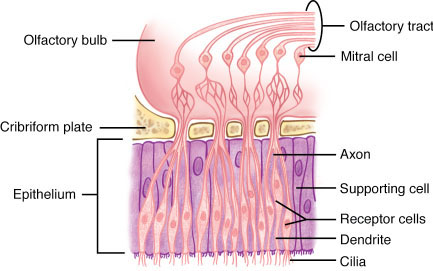


The seizure onset zone was assumed to be at the lesion although the exact seizure onset zone was not confirmed by intracranial EEG evaluations or surgical outcomes. Localization and lateralization of lesions After exclusions were made, a total of 276 partial epilepsy patients with single lobar lesions, based on their MRI results, were enrolled in the study. Subjects were excluded if they met any of the following criteria: 1) were mentally retarded and could not describe their aura symptoms 2) scalp EEG findings were discordant with lobar localization and lateralization of the lesion, based on the MRI results 3) had definitely different semiological features according to seizure events suggesting multiple lobar origins of the seizure onset 4) seizures occurred only when they were sleeping or 5) had arachnoid cysts in the temporal lobe or only subcortical lesions, based on the brain MRI results. All subjects had scalp EEGs and brain MRIs, and they also provided a well-documented history of their symptoms. Patients were identified who had visited the outpatient epilepsy clinic of Severance Hospital between 20 and had lesions confined to a single lobe based on MRI results. The values as well as the features of auras for localizing and/or lateralizing epileptic focus in lesional epilepsy patients were investigated in this study, according to the epilepsy localization and lateralization on an outpatient basis. 1, 2, 6 - 10 Since most of the patients in these studies had drug-resistant epilepsy, the generalizations that were made based on the data that were acquired in these highly selective patients become questionable when applying them to the all partial epilepsy patients, although the localization and lateralization of the epileptic focus may be accurate. 3 - 5 Several studies have already correlated aura symptoms with definite seizure onset zones, especially in patients who have had prolonged EEG monitoring evaluations or surgical treatments. 1, 2 Patients with partial epilepsy who have certain structural abnormalities, which are determined using magnetic resonance images (MRIs), have a high probability that their seizures arise from the lesions or their adjacent regions, especially when the MRI findings correlate with electroencephalography (EEG) results. It is a common assumption that auras provide clues to localize focal seizure onset.


 0 kommentar(er)
0 kommentar(er)
